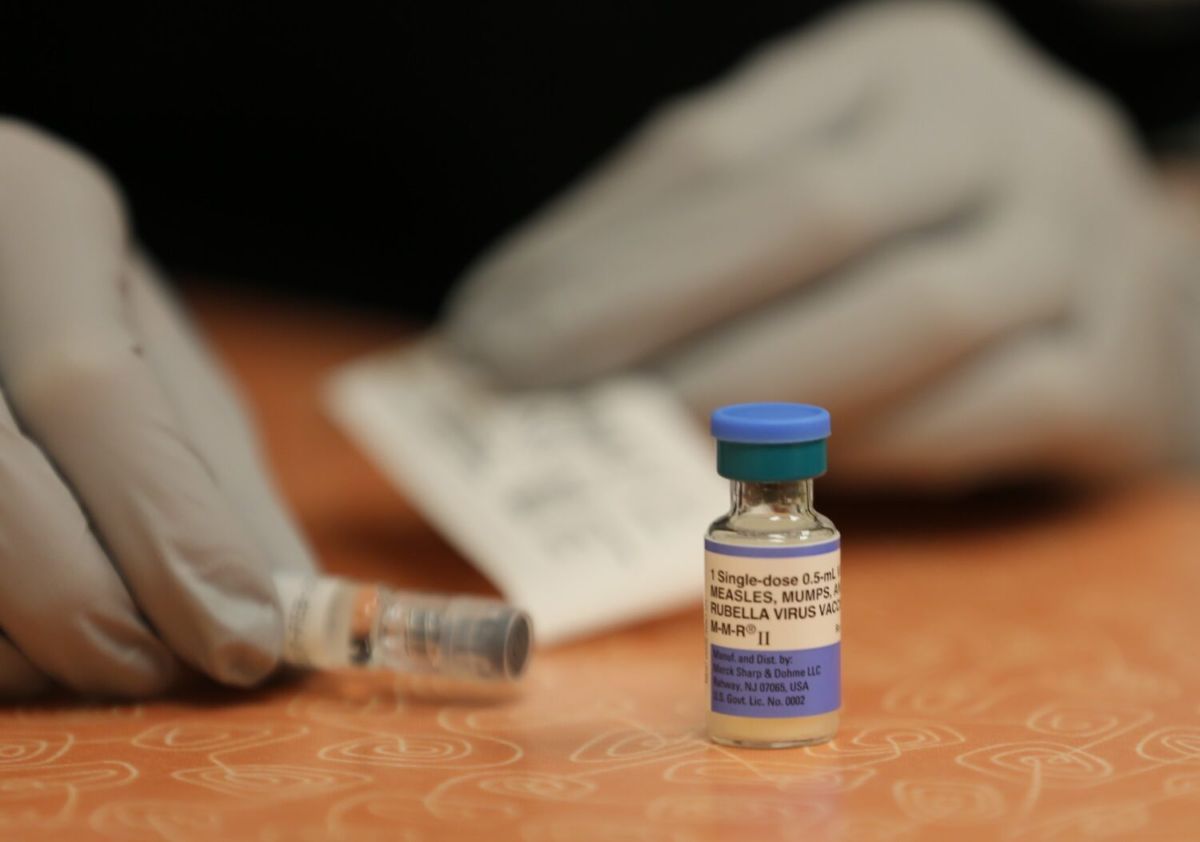1 in 5 SC students were considered chronically absent in 2022-23
By Skylar Laird
SCDailyGazette.com
COLUMBIA — It’s probably not surprising that students who are chronically absent from class tend to perform poorly on end-of-year tests. It’s the extent of the problem in South Carolina that seemed to stun lawmakers.
An analysis found that 1 of every 5 South Carolina students missed at least 10% of their school days during the 2022-23 school year, according to a presentation Monday to the Education Oversight Committee, an independent oversight group that evaluates K-12 achievement.
“One out of five? That’s a lot of kids,” said Rep. Terry Alexander, D-Florence, who’s among legislators on the committee. He repeated himself, drawing out one word for emphasis: “That’s a lot of kids.”
Among those chronically absent students, fewer than a quarter could do math as expected, and less than half could read on grade level, committee researcher Matthew Lavery found.
“My data point is a very simple one,” Lavery said: “Chronic absenteeism hurts achievement — kind of a lot.”
On average, fewer than half of South Carolina’s third- through eighth-grade students meet math expectations, and barely over half can read well for their grade, according to scores on end-of-year standardized tests taken in the spring. State report cards being released Tuesday grade elementary and middle schools based on how well their students performed on those tests.
Contributing to those dismal results are students simply not being in class for much of the school year, said Lavery, the oversight agency’s deputy director.
By law, the school year must include at least 180 days of instruction. The data analyzed absences over 115 school days, leaving out the weeks at the beginning and the end, so as not to count students who moved into or out of the state partway through a semester. But it did include those who switched schools within the state, Lavery said.
A student who skips 10% or more of their school days, including half days, is considered chronically absent. For the study, that meant students missed at least 12 days’ worth of classes.
The numbers
More students missed out as they got older, Lavery said.
In third, fourth and fifth grades, 15% of students missed 10% of the year or more. By eighth and ninth grades, that was up to 22%. And in 12th grade, 37% of students qualified as chronically absent, according to the data Lavery presented.
That could be because older students have more freedom. Parents usually put their younger children on the bus and see them off. But high schoolers who drive or have another way of getting to school might find it easier to cut class, said Sen. Kevin Johnson, a former school board member in Clarendon County.
“These higher grades, these students may not be going to school, and parents may not even be aware of it,” the Manning Democrat said.
Nationally, more students have been absent since the years of virtual learning during the COVID-19 pandemic. During the 2019-20 school year, 13% of students were chronically absent. In the 2021-22 school year, that spiked to 28%, and in 2022-23, it was 26% nationally, according to data presented to the committee.
That could be because of a shift in attitudes toward virtual learning as opposed to classroom instruction, committee members said.
“A lot of the time, if you’re working from home, you think your child can do the same thing,” said Dana Yow, director of the oversight agency.
But the more a student misses school, the more likely they are to fail the benchmark tests the state uses to gauge achievement, according to the report.
For instance, 23% of students who missed at least 12 school days got a passing score on the end-of-year math test, compared to 47% of those who missed fewer days.
The same pattern was true for reading, with 40% of chronically absent students getting a passing grade for English language arts, compared to 60% of other students.
And 26% of chronically absent students received a passing science score, compared to 49% who were not chronically absent, according to the presentation.
Test scores worsened the more often a student was absent.
Among middle school students considered “extremely chronically absent,” meaning they missed 20% of the school year or more, 8% met math expectations.
In high school, 12% of extremely chronically absent students could do math at grade level, according to committee data.
“This impact is big for being chronically absent at all, but it’s severe when you’re extremely chronically absent,” Lavery said.
Changing schools can also affect a child’s performance.
Regardless of absences, 22% of students who switched schools partway through the year could do math and 34% could read on grade level. Among those who didn’t switch, 42% could do math as expected, and 57% could read, according to the data.
“To me, the takeaway here is go to school. Go to the same school. Stay there. Learn,” Lavery said.
Why students are absent
What causes a student to be frequently absent can vary.
The committee did not have data on the reasons. But member Melissa Pender said she had heard from students who worked long hours at night to help pay bills, which made them too tired to come to school the next day. Other long absences are due to families going on long vacations in the middle of the semester.
“We’re battling (absences) across all socioeconomic” groups, said Pender, principal at Coosa Elementary School in Beaufort County and a former teacher of the year.
In other cases, it could just be that students and parents don’t understand why their child needs to go to school, said Melanie Barton, the governor’s education adviser.
“I am fearful that this is now a cultural shift for all kids, that they just don’t see the value, and parents don’t see the value anymore,” said Barton, the agency’s former director.
That’s especially true among high school juniors and seniors who may be considering going into a field that doesn’t require a high school diploma or college degree.
When Sen. Dwight Loftis worked as an insurance agent, students would sometimes shadow him and tell him they were considering dropping out because they didn’t need to finish school, the Greenville Republican said.
“I’ve heard some other talk from other students who begin to think about what they want to do career-wise: What is the incentive to stay in school that they don’t see?” Loftis said. “They don’t get it.”
What to do
By law, school officials and parents are supposed to jointly figure out how to get those students back in class.
After three consecutive absences or five total absences unapproved by administrators, state law requires school officials to develop a plan alongside the absent student and their parents. If a child continues not to show up to school, district officials can then refer them to family court, according to the state Department of Education.
Making a change could be a matter of making sure schools enforce that rule, said Rep. Neal Collins.
“State law already contemplates this question, and it’s not enforced,” the Easley Republican said. “Locally, statewide — it’s just not enforced.”
Or, state education officials and local school leaders might need to do more to hammer home just how important it is for students to go to school and what children are losing by missing classes, Lavery said.
“If the student doesn’t understand the benefit of being here, it’s definitely going to be more challenging to get them to be here,” Lavery said. “And it might suggest that we could do a better job of narrating that, to make it clear to students what they stand to gain and, if they are not seeing the benefit, then changing our delivery or changing our approach so they can find that benefit.”
Student achievement by grade
Elementary school English:
- 41% of chronically absent students performed at grade level
- 59% of other students performed at grade level
Elementary school math:
- 31% of chronically absent students performed at grade level
- 53% of other students performed at grade level
Middle school English:
- 35% of chronically absent students performed at grade level
- 57% of other students performed at grade level
Middle school math:
- 16% of chronically absent students performed at grade level
- 38% of other students performed at grade level
High school English:
- 52% of chronically absent students performed at grade level
- 72% of other students performed at grade level
High school math:
- 24% of chronically absent students performed at grade level
- 51% of other students performed at grade level
Source: S.C. Education Oversight Committee
Skylar Laird covers the South Carolina Legislature and criminal justice issues. Originally from Missouri, she previously worked for The Post and Courier’s Columbia bureau. S.C. Daily Gazette is part of States Newsroom, the nation’s largest state-focused nonprofit news organization.










